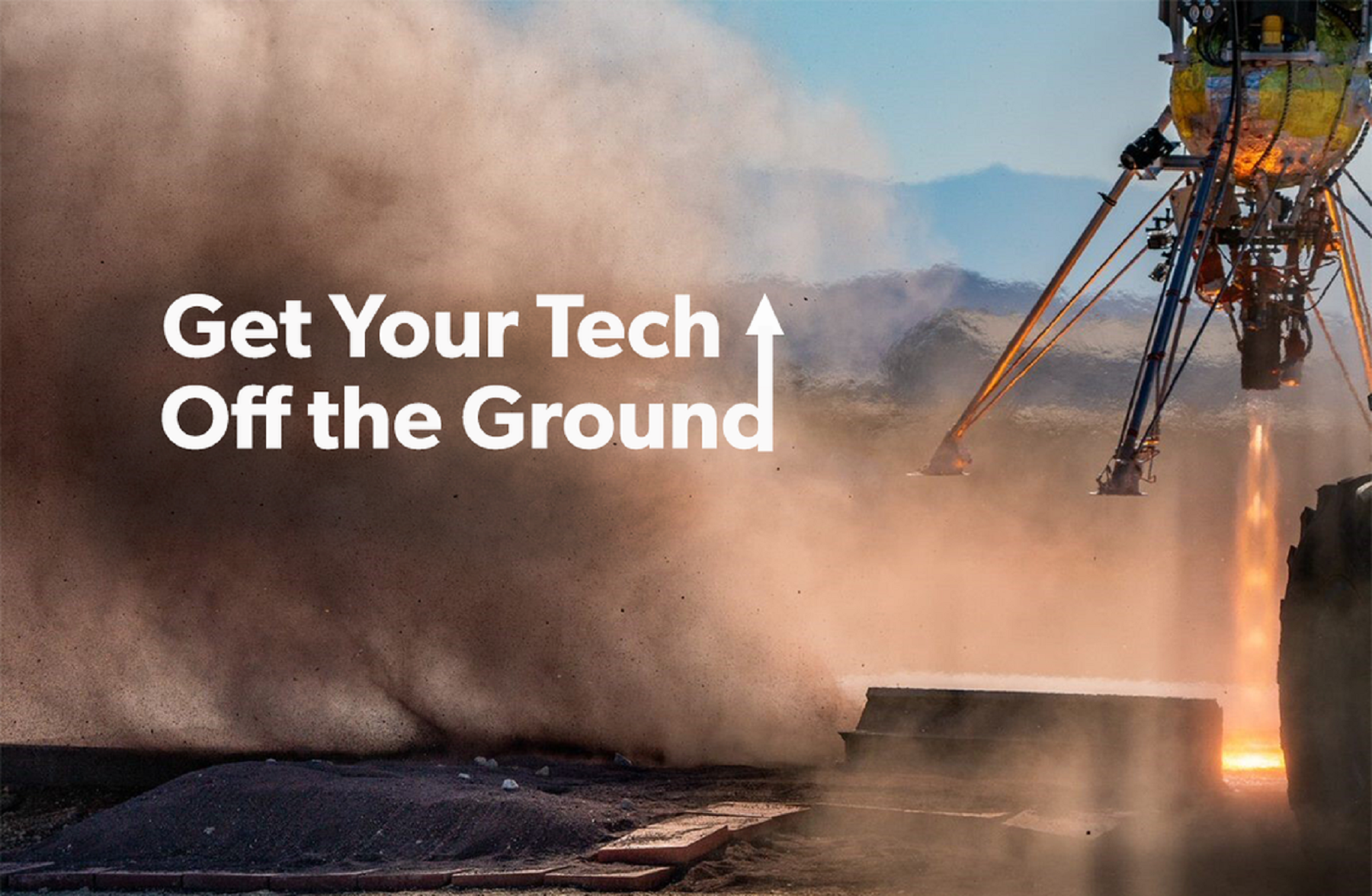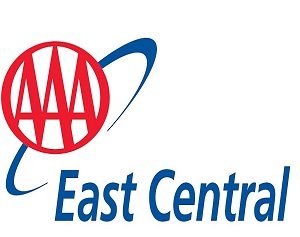Press Releases
Your Payload, Tested and Flown! Flight Ops Live

| Test your technology on Xodiac! Working on a payload or technology to support lunar or planetary missions? Astrobotic’s rocket test team can help you mature your technology to TRL 6 and prepare it for future in-space, lunar, or planetary deployments! Solicitations for TechFlights grants through NASA’s Flight Opportunities program were just released on May 2, 2023. Partner with us and we’ll help you fly your payload on our rocket lander to mature your technology for future missions to the Moon, Mars, and beyond! |
| What is the Flight Opportunities Program? NASA’s Flight Opportunities program funds commercial flights on commercial vehicles, including our Xodiac rocket, to test and demonstrate promising space technologies. These suborbital flights help payload developers advance technology readiness and reduce risks on Earth before missions to space. |
| How Can Flight Test Services Benefit Me? Astrobotic acquired Masten Space Systems’ vertical takeoff and landing (VTVL) reusable rockets and expertise in September 2022 and is continuing flight testing services on those rockets. These terrestrial rocket flights have been an integral part of the Flight Opportunities program since its inception. Our 4th generation rocket lander, Xodiac, is used to validate payload operations, demonstrate controlled landings, and simulate real-world surface interactions on the Earth, Moon, Mars, and other planetary bodies. |
| We’ve tested and matured numerous innovative space technologies through this program, including JPL’s Lander Vision System for the Mars 2020 mission, UCF’s Ejecta STORM laser instrument, Honeybee’s PlanetVac sample acquisition system, and Astrobotic’s own terrain relative navigation system, which will fly to the Moon aboard our Peregrine Mission 1 lunar landing mission later this year! |
| What Topics Have Been Identified as Priorities?Topic 1: Cislunar, Lunar Surface, and In-Space Infrastructure and Capabilities looks for demonstration of capabilities that support global lunar utilization and that lead to commercial commodities and services to advance the lunar economy and/or demonstration of technologies for low-Earth orbit (LEO) to geosynchronous Earth orbit (GEO), supporting additional future services for the LEO/GEO economy. The following areas are the focus for this topic:Cryogenic fluid storage, transfer, tank and line chilldown, unsettled mass gauging, modeling, and high capacity/efficiency cryocooler technologies for in-space and surface operations Entry, descent, and landing technologies that allow spacecraft to precisely land payloads regardless of lighting conditionsAdvanced habitation technologiesISRU production and utilization capabilitiesThermal management systemsAdvanced manufacturing capabilitiesSmall spacecraft technologies.Technologies that provide responsive access to space(including increased availability and breadth of suborbital and orbital space access capabilities to enable testing in space-like or near-space environments)Topic 2: Enabling Crew-Tended Flight Addressing the Commercially Enabled Rapid Space Science (CERISS) Initiative looks for technologies that can support the Commercially Enabled Rapid Space Science (CERISS) initiative, which “aims to develop transformative research capabilities with the commercial space industry to dramatically increase the pace of research”. The stated long-range goals include conducting scientistastronaut missions on the International Space Station and commercial low-Earthorbit (LEO) destinations and developing automated hardware for experimentsbeyond low-Earth orbit, such as on the lunar surface. |
| Let’s Get Started!Ready to begin your proposal? Get in touch with Sean Bedford or Richelle Weihe at hotfire@astrobotic.com to schedule a meeting, and we’ll help with next steps! |
| CONTACT US |





